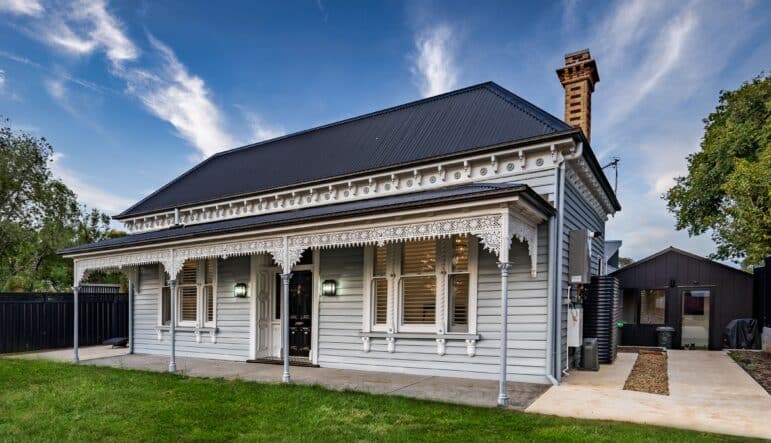In Melbourne, many structures from decades ago are still in top condition; in fact, they’re much better than today’s generation of structures, given how they continue to endure the passage of time despite the harsh change in climate and weather. The only problem with them is that they have outdated electrical systems that do not match modern standards and codes. Maintaining the current system entails a truckload of electrical maintenance tips that it would be better to just upgrade for your safety and peace of mind. But before everything else, consider these key factors for electrical upgrades.
Be mindful of your electrical panel.
As mentioned earlier, older buildings often have outdated electrical panels, fuse boxes, and circuit breakers. Usually, residential electricians would take note of the placements of the panel board while a professional licensed electrician would draw new plans and load computations for the new wiring.
When it comes to load computation, there are a few appliances that require their own circuits, like air conditioning units. For café owners, you have to have your own circuit for stoves; consult with your commercial electrician for the list of appliances and equipment that need such so they can be allotted for in the plans and calculations.
Since you’re going to replace the old panel, you might as well switch it out with the newer models, which provide better protection against electrical problems like overloads and faults.
Take care of wiring replacement.
Houses and other structures built before the 1950s usually have knob and tube wiring, while aluminum wiring was popularized around the 60s and 70s. They may have withstood the test of time, but these two materials are fire hazards at worst. There are many different types of wiring thanks to modern innovation, but if you want to stick it out with a proven classic, you can never go wrong with copper wiring. Still, it’s best to consult with your city’s ordinances and electrical code to check their required specific wiring. Every Melbourne electrician should be familiar with this, so consult with them to ensure that the wiring of your choice complies with the code.
Be wary of your switches and outlets.
Similar to wiring and everything else mentioned in this article, old switches and outlets may not conform to the latest code, so they could be faulty and prone to malfunction. Ask your local electrician for suggestions; choose the later models since they’re more updated to the current codes. Your new outlets and switches should be tamper-resistant for enhanced safety, especially if you have children and pets.
Speaking of outlets, you may want to include the addition of a ground fault circuit interrupter (GFCI), which is a must-have for areas near water, like the kitchen and bathroom, to prevent electrical shocks and hazards.
Aside from the outlets, switches, and other electrical fixtures, let’s talk about lighting upgrades.
Switch to LED.
There aren’t any health-related issues using antique lamps; if anything, they give off an ambient vibe and add more to the aesthetics. However, they can be a potential fire risk since they can easily short circuit. With that said, it’s much better to switch to energy-efficient lighting fixtures like LED. They’re also cost-effective and can lower your utility bills.
If you’re looking for something to set the ambiance, you can always install smart switches so you have control over your fixtures from anywhere at the tap of a finger. As for outdoor lighting, you can also get motion sensors for added security purposes.
The above are just a few general suggestions many electricians would advise if you’re consulting for older home upgrades. Here are a few more tips that can help you prepare for the processing of requirements for your wiring renovation:
Have a professional electrician visit your home for an electrical inspection. Although a general electrician can easily determine the lighting, fixtures, and other electrical components in your home, it’s always a better idea to have a professional electrician inspect your residence’s electrical system. By doing so, they can point out the potential issues and suggest the necessary reparations for them.
Ensure all working drawings comply with the regulations. Make sure that a qualified licensed electrician designs your new electrical plans, duly signed and sealed, and should also comply with the codes and building regulations.
Plan for future adjustments and additions. It’s also ideal to include additional spare outlets and circuits in your electrical plans so you won’t have to do double work.
By keeping these helpful tips in mind, you’re bound to have a seamless rewiring process in your own home as long as you work together with your local licensed electrician.

